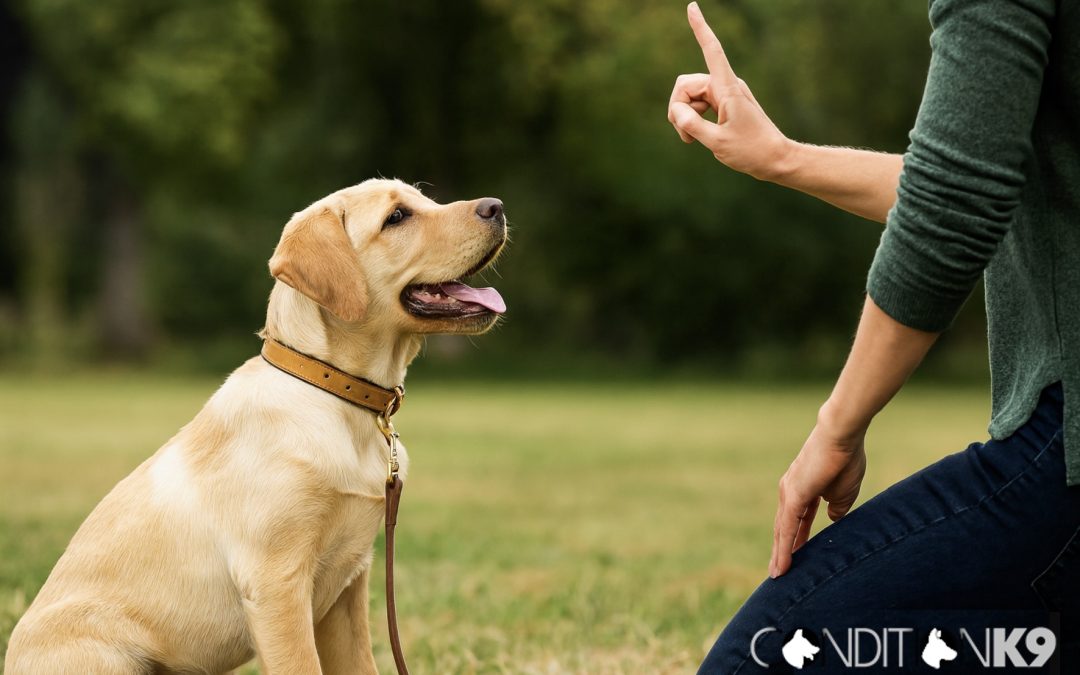Training your dog to follow basic commands is one of the most important steps you can take to ensure their safety, happiness, and good behavior. Foundational commands like sit, stay, and come not only make daily life easier but also build a strong bond between you and your furry friend. Whether you have a playful puppy or an older rescue dog, consistent training will set the stage for lifelong success.
Why Basic Commands Matter
Teaching your dog basic commands is about more than obedience. These skills can:
- Keep your dog safe, preventing them from running into danger.
- Reduce frustration, making communication clear and consistent.
- Strengthen your relationship, fostering trust and respect.
- Lay the groundwork for advanced training and fun tricks later on.
Even simple commands can make everyday activities—like walks, mealtimes, and playdates—more enjoyable for both you and your pup.
Step 1: Teaching “Sit”
The sit command is usually the easiest for dogs to learn and serves as the foundation for other training.
How to Teach It:
- Hold a small treat close to your dog’s nose.
- Slowly move your hand upward, causing their head to follow the treat.
- As their head goes up, their bottom will naturally lower into a sitting position.
- The moment they sit, say “Sit!” clearly and give them the treat along with praise like, “Good dog!”
Pro Tip:
Keep sessions short, around 5–10 minutes, to maintain focus and prevent boredom. Practice several times a day in different environments for consistency.
Step 2: Teaching “Stay”
Once your dog understands “sit,” you can move on to stay. This command teaches self-control and is essential for keeping your dog in place when necessary.
How to Teach It:
- Have your dog sit.
- Hold your hand out, palm facing them, and say “Stay” in a firm but calm voice.
- Take one small step back.
- If they remain in place, return to them, reward with a treat, and praise.
- Gradually increase your distance and duration as they get better.
Pro Tip:
If your dog breaks the stay, calmly reset them to the sitting position and try again. Patience and repetition are key.
Step 3: Teaching “Come”
The come command is vital for your dog’s safety, especially if they’re off-leash or in a distracting environment.
How to Teach It:
- Start in a quiet area with minimal distractions.
- Gently hold your dog’s leash and let them wander a few feet away.
- Crouch down, open your arms, and say “Come!” in a happy, excited tone.
- When they come to you, reward them immediately with treats and praise.
Pro Tip:
Make “come” a positive experience. Never use this command to call your dog for something unpleasant, like a bath or punishment, as it may discourage them from responding in the future.
Keys to Successful Training
- Consistency: Use the same commands and signals every time.
- Positive Reinforcement: Reward good behavior with treats, praise, or playtime.
- Patience: Training takes time, and every dog learns at their own pace.
- Short Sessions: Keep training fun and brief to avoid frustration.
- Practice Everywhere: Train in different environments to reinforce learning.
Building a Lifetime of Good Habits
By teaching your dog to sit, stay, and come, you’re not just training them—you’re setting the stage for a lifetime of safe, positive interactions. These basic commands open the door to advanced skills, fun tricks, and, most importantly, a deep, trusting relationship with your dog.
With patience, love, and consistent practice, you’ll soon have a well-mannered companion who listens, responds, and thrives by your side.
Courtesy of Certified Dog Trainers and Board and Train. Click here for more on Condition K-9. Follow us on Facebook & Twitter.
This content is not to be considered as expert advice but rather as a general reading pleasure. For proper dog training, consult with an expert Phoenix dog trainers.
